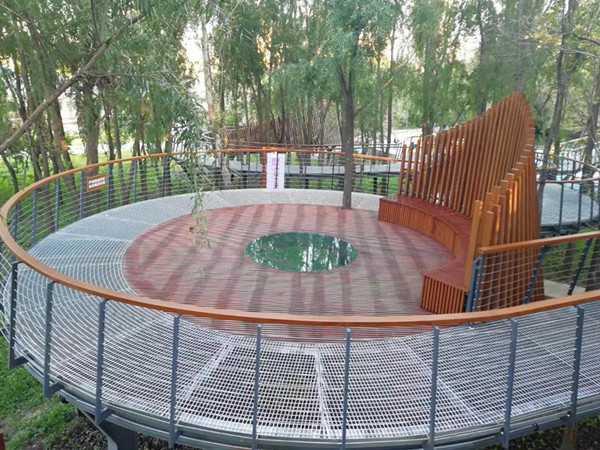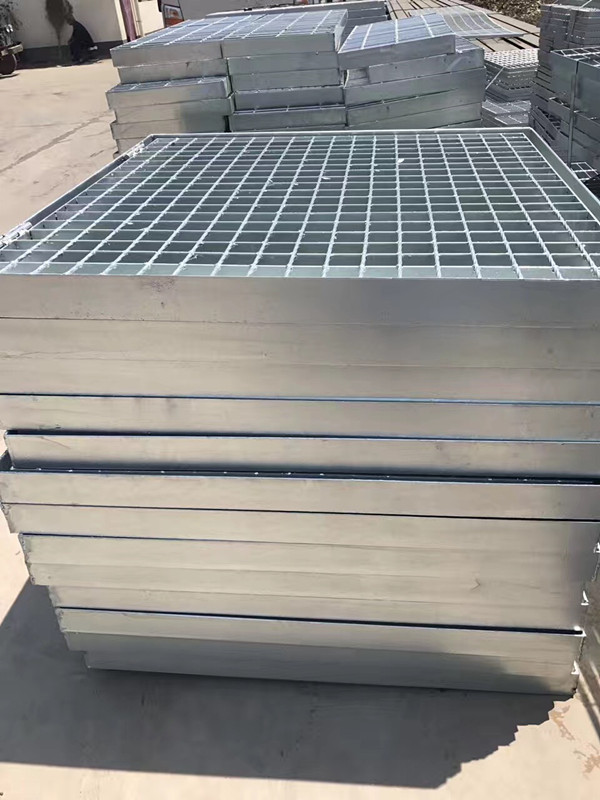1, the EU pesticide review <br> system from 2008 September 1, the formal implementation of the new EU pesticide residue standards, the implementation of a uniform pesticide residue standards for agricultural products and foodstuffs 27 EU member states. The number of pesticide residue limits in the new pesticide residue standard system has increased from more than 39,000 to more than 118,000. For pesticides that do not have a residue limit, as in Japan, the EU generally requires less than 0.01 ppm.
In the past, EU member states could set maximum residue limits (MRLs) for pesticide residues in their own countries, so that there are about tens of thousands of pesticide residue standards that do not exist in the European Community. Now with the free circulation of food among EU member states, it is necessary to harmonize the pesticide residue limit standards among EU member states to ensure that all EU consumers are protected from excessive pesticide residues. The EU then established a new pesticide residue standard system by amending and simplifying the European Parliament and Council Regulation (EC) No 396/2005 (see EU official website documents), and uniformly defined the pesticide residue limits among EU member states.
2, EU law <br> establish new pesticide residue standards system is based on the EU to revise and simplify the European Parliament and Council Regulation (EC) No396 / 2005, of pesticides on plant and animal feed and food sources and internal surfaces Maximum residue level. The regulation harmonizes the principles for setting up pesticide residues in the EU and simplifies existing regulatory systems. The European Parliament and Council Regulation (EC) No 396/2005 has been amended by the European Parliament and Council Regulation (EC) No 299/2008.
The European Parliament and Council Regulation (EC) No 396/2005 has added seven appendices that simplify the Maximum Residues of Pesticide Residues (MRLs) and the foods and feeds that are applicable. The seven appendices and their legal basis are as follows:
Appendix I
Appendix I lists the food and feed catalogues for the Maximum Residues of Pesticide Residues (MRLs). This appendix is ​​to determine the applicable food and feed catalogue in accordance with Commission Regulation (EC) No 178/2006. This appendix includes products from 315, including fruits, vegetables, seasonings, cereals and animal products.
Appendix II
A list of the maximum residue limits (MRLs) for pesticides is listed in Appendix II. This appendix details the maximum residue limits (MRLs) for 245 pesticides.
Appendix III
A list of the EU's tentative pesticide residue limits (MRLs) is given in Appendix III. The provisional standard exists in the process of harmonization of MRLs set by EU member states before September 1, 2008. Appendix III details the tentative residue standards for 471 pesticides.
Appendix IV
Appendix IV lists 52 pesticides that do not require a maximum residue limit due to their low risk.
The legal basis for the preparation of Appendix II III IV is:
Commission Regulation (EC) No 256/2009, Amending Appendix II and III of the European Parliament and Council Regulation (EC) No 396/2005 on the maximum residue of azoxystrobin and oxystrobin in certain products
Commission Regulation (EC) No 839/2008, Amending the European Parliament and Council Regulation (EC) No 396/2005 on Appendix II, III and IV for maximum residue limits for pesticides in certain products or surfaces
Commission Regulation (EC) No 149/2008, amending European Parliament and Council Regulation (EC) No 396/2005 by establishing maximum residue limits for products covered by Appendix I in Annexes II, III and IV
Appendix V
Appendix V will list the residue limits for the default standard excluding the 0.01 mg/kg pesticide list. This appendix has not yet been released.
Appendix VI
A list of conversion factors for the maximum pesticide residue values ​​for processed foods and feeds is given in Appendix VI. This appendix has not yet been released.
Appendix VII
A list of pesticides as fumigants is listed in Appendix VII. The use of this fumigant by EU Member States is intended to apply to specific impairments before the product is placed on the market. This appendix was established in accordance with Commission Regulation (EC) No 260/2008, by amending Appendix VII of the list of active substances/products to be depleted, and adopting post-harvest measures for the use of fumigants to amend the European Parliament and Council Regulations. (EC) No 396/2005.
For pesticides not mentioned in the above appendix, the EU sets its default limit value to 0.01 mg/kg (see Art 18(1b) in European Parliament and Council Regulation (EC) No 396/2005 for details).
3, <br> EU pesticide residue limits in order to increase transparency and facilitate the inquiry, the EU established a database, you can search MRLs applicable to each crop and pesticide in the EU official website.
The steel grating be welded to products . Normally, hot galvanizing will be carried out after end welding process. The range PH6 to PH12.5, a stable protective film will be formed on the zinc surface, the hot dipped galvanized steel grating has good anti-corrosive property. Of course, the steel grating also have other surface treatment, for example painted and powder coated .
Steel grating can be cutting to different kinds of shape as per your special needs.
Steel grating including flat grating, 'I' shape grating, serrated grating.
In generally , the steel grating be used as stair tread, platform, fence, trench cover, ceiling, etc.
The advantage of steel grating :
firm welding
smooth surface
high strength


Steel Grating
Steel Grating,Stainless Steel Grating,Galvanized Steel Grating,Hot Dipped Galvanized Steel Grating
ANPING COUNTY SHANGCHEN WIREMESH PRODUCTS CO.,LTD , https://www.scfiltermesh.com
